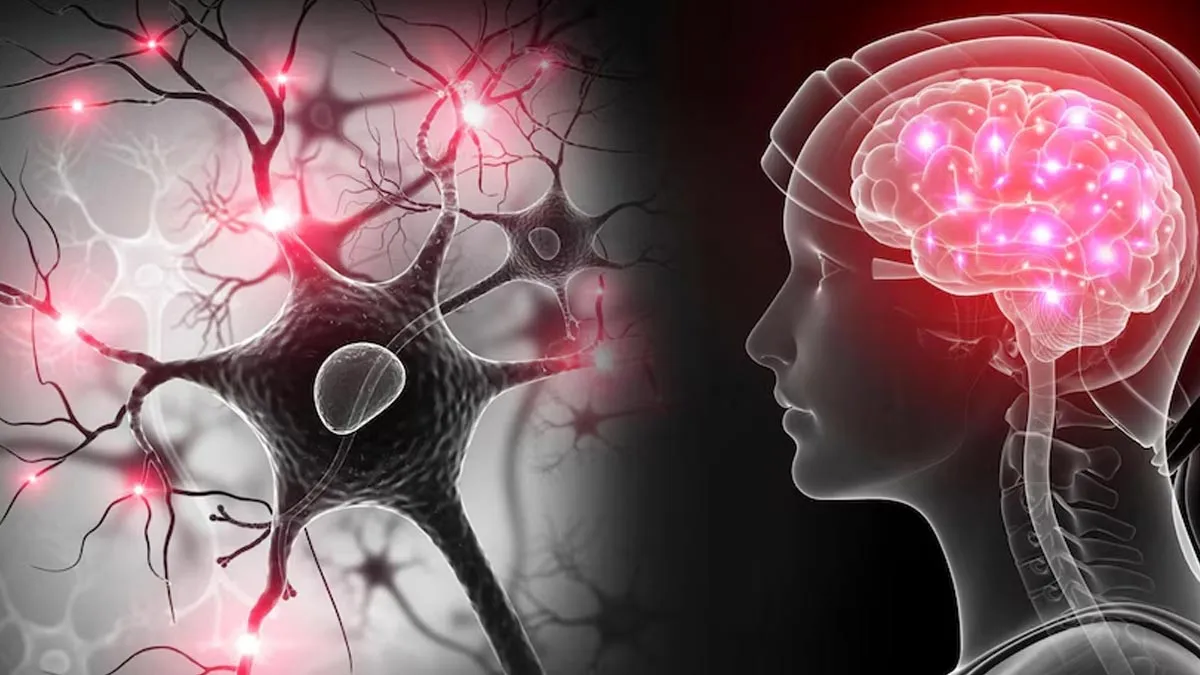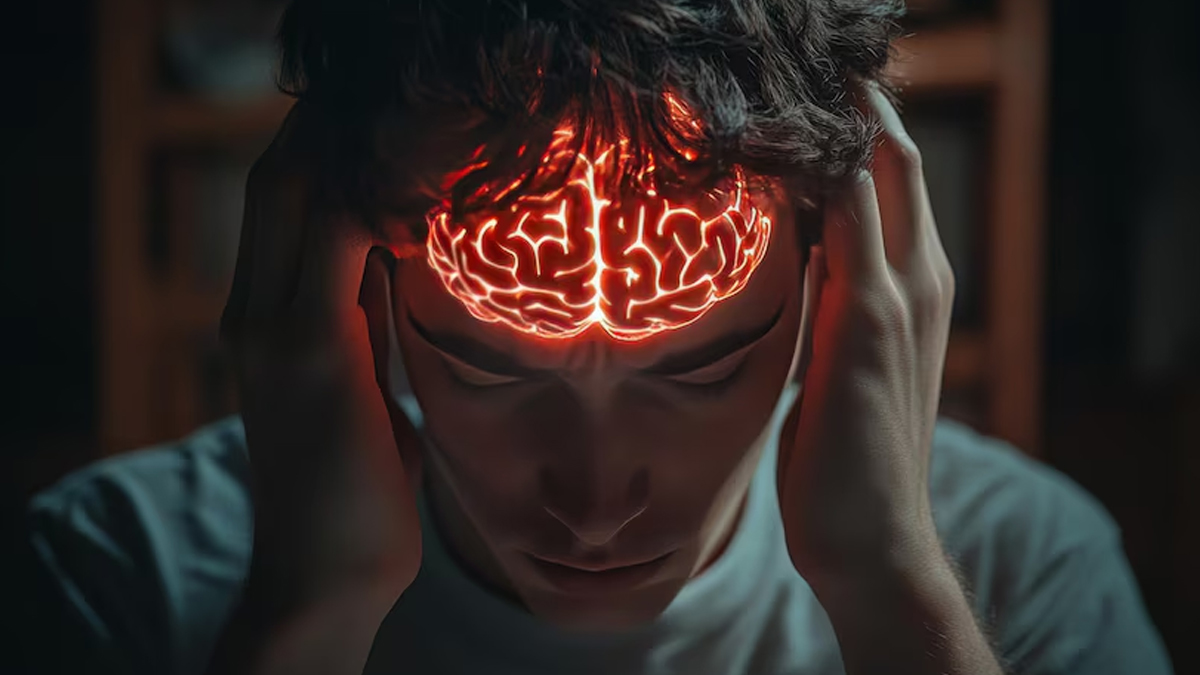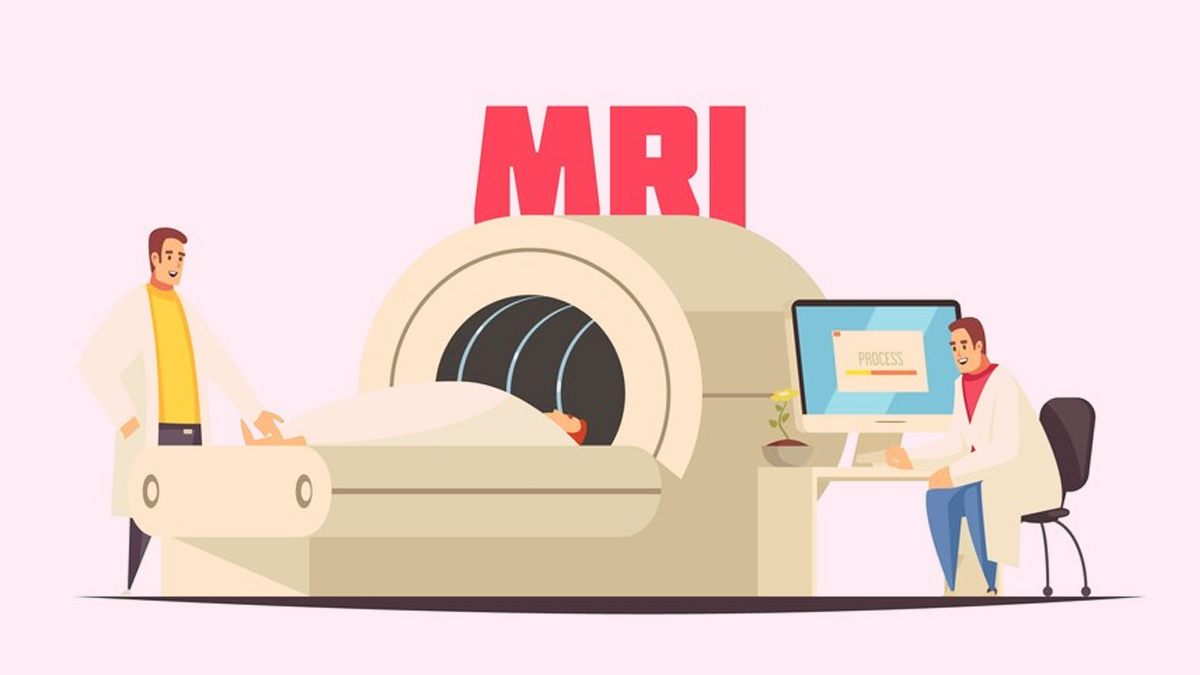
Bickerstaff’s Brainstem Encephalitis (BBE) is a rare but serious autoimmune neurological disorder that affects the brainstem. This crucial part of the brain is responsible for controlling movement, coordination, and consciousness. When affected, it can lead to significant neurological impairments, making early diagnosis and treatment essential.
Table of Content:-
To understand this condition better, we spoke with Dr Murali Bhaskar M, MBBS, FDM, Medical Advisor, Telemedicine Practitioner, Hyderabad, who explained the symptoms, causes, diagnosis, and treatment options for BBE.
What Are the Symptoms?

People with BBE often experience a range of neurological symptoms that progressively worsen. According to Dr Bhaskar, the most common symptoms include:
- Eye muscle weakness: This can make it difficult to move the eyes or keep them open.
- Loss of balance and coordination: Patients may struggle with walking or controlling their movements.
- Confusion or drowsiness: In severe cases, this can progress to a coma.
"BBE affects the brainstem, which is responsible for vital functions like eye movement, coordination, and alertness. This is why patients experience symptoms like eye muscle weakness, imbalance, and altered consciousness," explains Dr Bhaskar.
What Causes It?

BBE is classified as an autoimmune disorder, meaning that the body's immune system mistakenly attacks its own nervous system. It often occurs after a viral or bacterial infection, such as the flu or a respiratory infection.
"The immune system, instead of just fighting off the infection, also attacks healthy nerve tissues, leading to inflammation and neurological symptoms," says Dr Bhaskar.
While the exact cause remains unclear, BBE is thought to be linked to an abnormal immune response following infections. This condition shares similarities with Miller Fisher Syndrome (MFS) and Guillain-Barré Syndrome (GBS), which also involve the immune system attacking the nervous system.
How Is It Diagnosed?

Diagnosing BBE requires a combination of clinical evaluation, imaging, and laboratory tests. Doctors typically look for:
- Neurological symptoms: Such as eye movement problems, balance issues, and confusion.
- MRI scans: To detect any brain abnormalities or inflammation.
- Spinal fluid analysis (lumbar puncture): To check for signs of infection or inflammation in the cerebrospinal fluid.
- Antibody tests: To identify specific immune markers associated with the condition.
"A key difference between BBE and conditions like Miller Fisher Syndrome (MFS) or Guillain-Barré Syndrome (GBS) is how reflexes behave. In BBE, reflexes are exaggerated, while in MFS, reflexes are lost, this helps doctors tell them apart," explains Dr Bhaskar.
Can It Be Treated?
Yes, BBE is treatable, and early intervention significantly improves recovery outcomes. Common treatment options include:
- Intravenous Immunoglobulin (IVIG): This therapy helps regulate the immune system and prevent further nerve damage.
- Plasmapheresis: A process that removes harmful antibodies from the blood, reducing the immune attack on the nervous system.
- Steroids: In some cases, corticosteroids are used to reduce inflammation in the brainstem.
"With prompt treatment, most patients recover within weeks to months. However, some may experience lingering effects such as mild coordination issues or fatigue," says Dr Bhaskar.

What’s the Prognosis?
The outlook for BBE patients is generally positive, especially with early treatment. While some individuals may have mild residual symptoms, many regain normal function over time. "This rare disorder highlights how infections can sometimes trigger unexpected immune reactions, leading to serious but treatable neurological conditions," says Dr Bhaskar.
When to Seek Medical Attention
If you or someone you know experiences symptoms like sudden eye weakness, difficulty walking, or confusion, it is crucial to seek medical attention immediately. Early diagnosis and treatment can prevent complications and improve recovery chances. Raising awareness about Bickerstaff’s Brainstem Encephalitis can help ensure timely intervention, leading to better outcomes for those affected by this rare but significant neurological disorder.
How we keep this article up to date:
We work with experts and keep a close eye on the latest in health and wellness. Whenever there is a new research or helpful information, we update our articles with accurate and useful advice.
Current Version